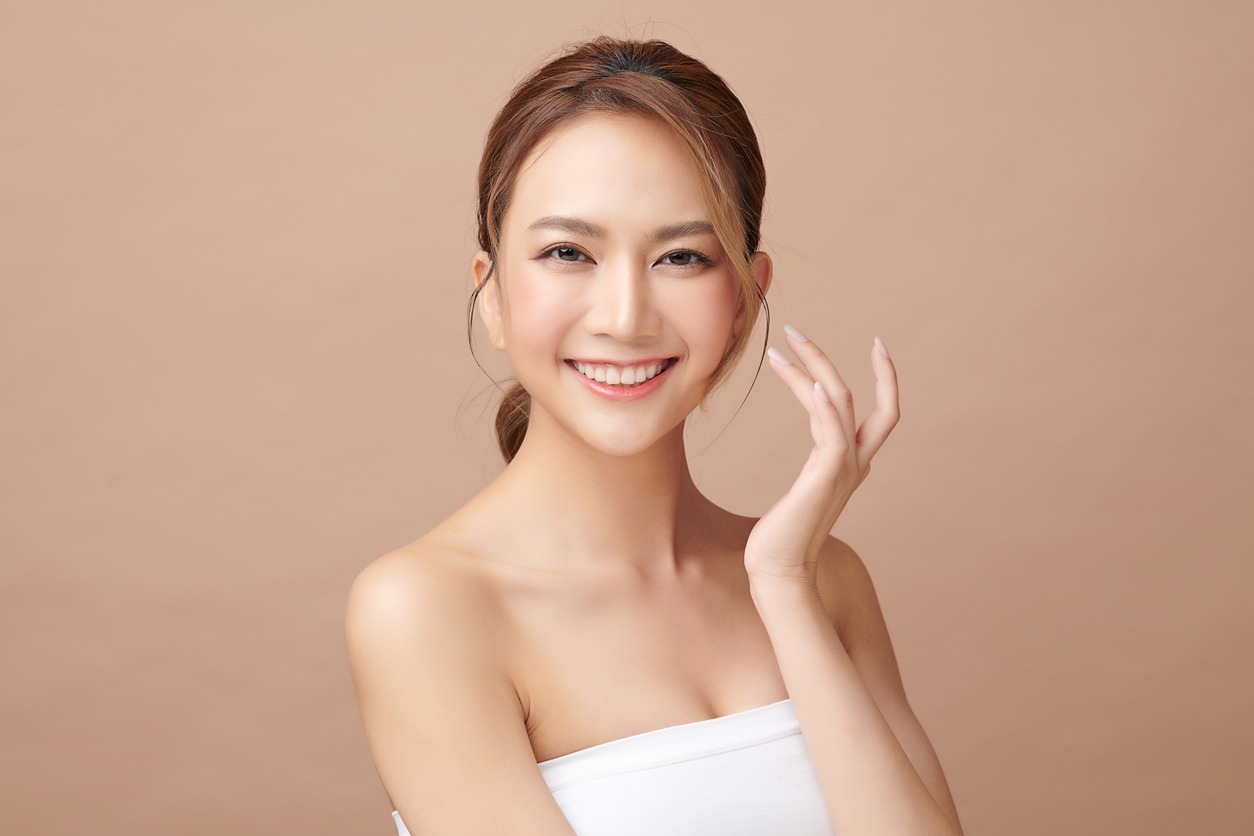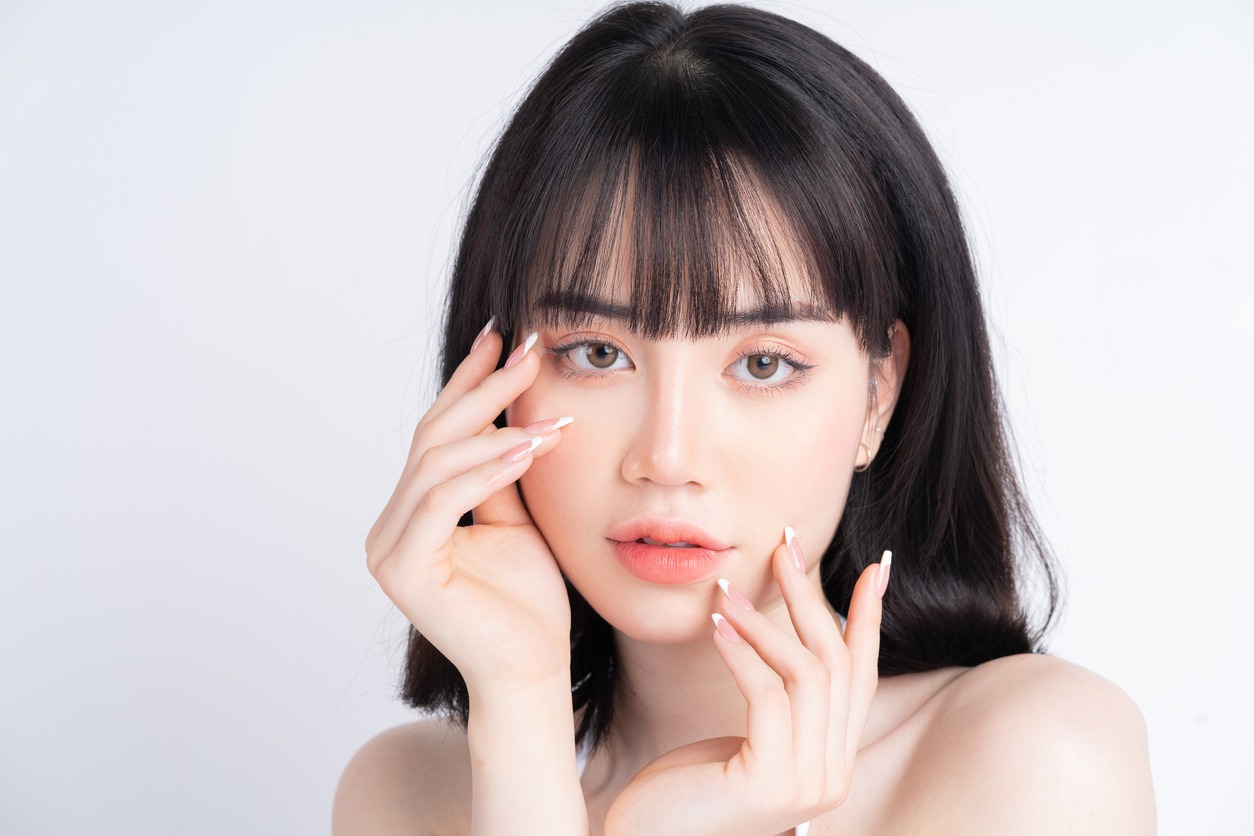The beautiful, youthful complexion of Korean ladies is renowned for making them appear much younger than their real age. They put more emphasis on maintaining healthy skin than they do on hiding their skin issues with makeup or trying to treat them with anti-aging creams, which may have you wondering why. They think that if your skin is healthy, attractiveness would come spontaneously.
The aim of K-beauty, or Korean beauty products, is to make the skin healthy. Keep in mind that skincare, especially moisturizing, is the key to understanding Korean beauty. Even the common sheet masks, toners, and serums are made to hydrate the skin even more. Moisturizers are a need for Koreans because skincare is considered to be a ritual and they start taking care of their skin at a young age.
The Secret of Korean Moisturizers
What distinguishes Korean moisturizers from other brands and makes them so popular? It is a part of the formulation and texture of these items. Korean moisturizers are incredibly light and quickly absorb. The majority of Korean moisturizers have whipped textures that resemble a cross between a gel and a cream or lotion. The components are very gentle on the skin and frequently contain natural elements that work well for the majority of skin types.
Things you Need to Know about Korean Moisturizers
Although Koreans are the best qualified to judge what constitutes beauty, Westerners can learn a lot from it. The secrets of Korean skincare are now being discovered even by popular beauty shops. What you need know about Korean moisturizers is provided below.
1. Toners, serums, essences, and emulsions are different from one another
These items have many meanings in Korean culture, but they all add moisture to the skin. Toners are used to cleanse and balance the pH of the skin, which helps your skin get ready for the products you’re about to use. Korean toners can be splattered, sprayed, or softly rubbed over the face instead of the stripping-oil type that you’re familiar to.
The next skincare product to use after the skin has been prepped by a toner is an essence. They are thin chemicals meant to hydrate, tighten, and brighten the skin. It can be applied alone or in combination with serums. Similar to serums from Western manufacturers, Korean products function well. Although they are heavier than essences, they are packed with substances that improve appearance. Different serums are available to meet your demands; some are made to tighten, some to brighten, and some are made to fight aging. Emulsions are a thin form of moisturizing. This will be your only moisturizer if you have oily skin or if you won’t be outside in the sun. However, since Koreans apply sunscreen and moisturizer, this is rarely the final step in your skincare regimen.
2. Attack, moisturize, and use sunscreen
This is the Korean skincare ethos. The first step is to target problem areas with essences, serums, and eye creams but only after thoroughly washing the face with an oil-based cleanser, toner, and exfoliant. Apply a moisturizer after that. The two types of moisturizers used by Koreans are lighter and heavier. Since the sun is the enemy of Asian skin, the sunscreen layer comes last. You do not, however, need to use sunscreen if you are wearing a Korean BB cream or a foundation with SPF.
3. Embrace the sheet mask
These individually packaged wet cotton masks contain a variety of essences, including seaweed, rice water, mung bean, and black pearl. These masks might give you the appearance of a serial murderer once they are unfolded and placed on your face. But even so, it’s wonderful! These items can be purchased for as little as $2 each. It should be applied to your skin and left on for at least 20 minutes to fully absorb. It works best if you apply it right after washing your face and right before bed. After one use, don’t immediately toss the packet; chances are there is still enough essence within that you can squeeze out and use the next night.
4. Don’t be wary of weird ingredients
Korean cosmetics adhere to the principles of traditional Chinese medicine, which treats skin conditions with herbs, plants, and animal byproducts to promote healing, regeneration, and antioxidant activity. Salmon eggs, bee venom, pearls, mushroom extract, salmon oil, horse oil, pig collagen, tomato, donkey milk, chia seeds, green tea, and even snail slime may be found in Korean moisturizers and other beauty products. Don’t be concerned about these; Korean manufacturers take care in sourcing premium ingredients, and the food and drug administration there strictly regulate their products.
5. Tap the product unto your face, not rub
Always tap rather than rub while using moisturizers or other skincare products. Koreans believe that rubbing stretches the skin and does not aid in the skin’s ability to absorb the tomatoes, royal jelly, snail slime, or charcoal that you recently purchased.
6. Whitening doesn’t mean bleaching
Many Korean skincare products advertise the benefit of “whitening” as one of their features. This doesn’t imply that after using the lotion frequently, your skin will be bleached or you’ll start to resemble a white person. In the context of Korean moisturizers and cosmetics, whitening is equivalent to brightening, and the substances that produce the “whitening” effect are primarily rejuvenators and brighteners based on vitamin C rather than bleaches.
How to Choose a Korean Moisturizer
Your skin can receive moisture from a variety of K-beauty products. A moisturizing primer, essence, or serum will make a significant improvement in the suppleness of your skin. Overall, though, moisturizers provide your skin with the nourishment it requires while shielding it from wrinkles, aging, and sun damage. Here are some recommendations on how to choose one to help with the overwhelming number of K-beauty options:
1. Determine your skin type
You can choose the product that works best for you by knowing your skin type. Since there is a wide range of skin types, be sure to choose the one that best matches your skin type. In general, you have sensitive skin if it gets red quickly or stings when you apply some skincare products. Avoid substances like alcohol, synthetic scents, and colors, and opt for softer formulations if you have this type of skin. The phrase “for sensitive skin” is increasingly commonly found on goods, although “fragrance-free” or the presence of calming substances like chamomile, aloe, or colloidal oatmeal are preferable indicators.
Take a look at your T-zone at the end of the day to determine whether you have combination, dry, or oily skin. You have dry skin if that region of your face appears comparatively matte. You have oily skin if it is glossy. You have normal or mixture skin if you have a little bit of both. While oilier skin types may benefit from a lightweight moisturizer or gel, dry skin can tolerate a richer formulation like creams. For people with oily skin types, a hydrating serum can also serve as a moisturizer. A medium-weight moisturizer can work wonders for skin types with normal or mixed complexion.
2. Check the ingredients
Due to their amazing skincare effects, Korean beauty products include a lot more exotic component. To get the most out of the product, pick a moisturizer with a component that is useful to your needs.
3. Check the scent
The aroma of the product you plan to use on your face must appeal to your nose. You’re in luck because Korean beauty products come in a variety of delightful scents, most of which are mild and non-irritating.
Conclusion
We are all captivated with the trend for glass skin products and the Korean beauty trends. A moisturizer that nourishes and hydrates your skin and gives it a glass glow gloss is one of the greatest skin care products. We sincerely hope that we were able to help you before making the decision to include Korean moisturizers to your regular skincare regimen so that your skin will have a polished, glass-like shine.



